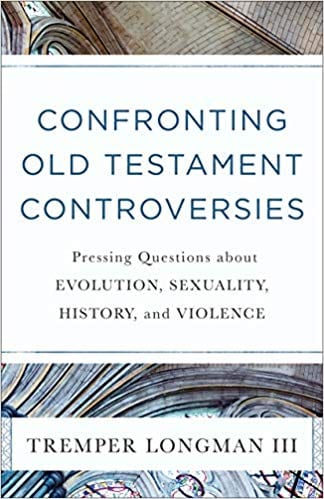Q. Dale Martin, also of Yale, in his recent book somewhat ironically called Biblical Truths says that we cannot get back to an ancient author’s intentions, for all we have is texts. As a historian who has spent no little time on artifacts, inscriptions etc. and archaeology this seems to me to be remarkably narrow-minded. We don’t just have ancient texts, we also have ancient contexts as well, or the remains of them. Martin seems to be reacting to Hirsch’s theories of meaning and not liking them. In our current post-modern situation what gives you confidence that we can get back to an author’s original or intended meaning, and why is it important to do so?
A. It’s important because as I said earlier texts are written by authors who are trying to communicate a message to an audience. So it seems to me that we ought to be interested in what the authors are saying. This is especially the case with the Bible where of course we are interested in what the human authors are saying, but we think that God is the ultimate author. Now I would agree with Martin that our focus is on the text because we have no access to the author’s intention except through the text. And I am not a big fan of Hirsch because he does think it is easier or more direct to get to the author’s intention than I think possible. I have been influenced by a book by Geoffrey Strickland who argues a nuanced view that when we read the text and interpret it we are making a hypothesis about the author’s intention. Now sometimes our hypothesis is virtually certain since the text is so clear. Fortunately for the Bible that has to do with the important message of salvation. So I am confident that we can get to an adequate interpretation of biblical texts.













